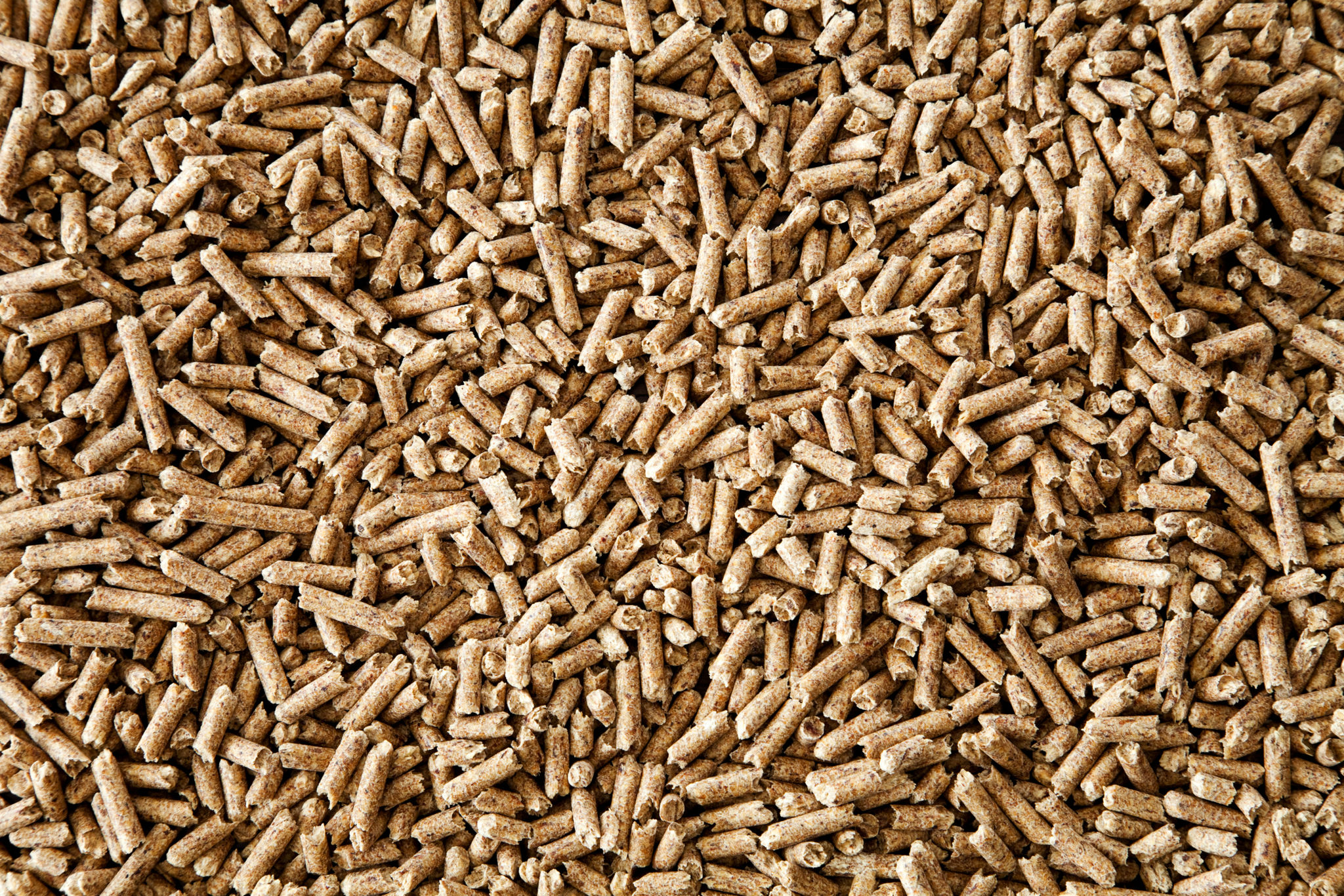How to Optimize Your Pellet Heating System for Maximum Efficiency
Understanding Your Pellet Heating System
Pellet heating systems have become increasingly popular due to their efficiency and eco-friendliness. They use compressed wood or biomass pellets as fuel, offering a sustainable alternative to traditional heating methods. However, like any system, ensuring optimal performance requires a bit of know-how. This guide will help you maximize the efficiency of your pellet heating system.
First, it’s important to understand the components of your pellet heating system. Typically, these systems consist of a pellet stove, a hopper for storing pellets, and an auger that feeds pellets into the combustion chamber. Regular maintenance and proper usage can significantly improve the performance of these components.

Regular Maintenance
Maintenance is key to keeping your pellet heating system running efficiently. Regular cleaning is essential, as ash and debris can accumulate in the stove and affect its performance. Aim to clean the burn pot and ash pan weekly, especially during peak usage periods.
In addition to cleaning, check the hopper and auger for any blockages. Pellets that are broken or damp can cause jams, reducing efficiency. Always use high-quality pellets to minimize this risk. Also, inspect the gaskets around the door and ash pan; replacing worn gaskets can prevent heat loss.

Optimizing Fuel Usage
Choosing the right pellets can make a significant difference in system efficiency. Look for pellets with low moisture content and high energy output. These pellets burn hotter and produce less ash, improving overall efficiency.
- Hardwood vs. Softwood Pellets: Softwood pellets generally burn hotter and cleaner than hardwood pellets due to their higher resin content.
- Pellet Quality: Opt for premium-grade pellets that meet industry standards for ash content and energy output.

Adjusting Settings for Maximum Efficiency
Your pellet stove likely has several settings that can be adjusted to improve efficiency. Experiment with the air intake settings to ensure complete combustion of pellets. Properly adjusting the damper can help maintain the ideal burn rate, reducing waste and increasing heat output.
Consider using a thermostat to regulate room temperature automatically. This ensures that your heating system only uses as much fuel as necessary to maintain comfort, reducing excess consumption.
Insulating Your Home
While optimizing your pellet heating system is important, don't forget about your home's insulation. Proper insulation reduces heat loss, meaning your system doesn’t have to work as hard to maintain a comfortable temperature. Check for drafts and seal windows and doors to prevent heat from escaping.
Adding insulation to your attic and walls can also make a significant difference. By minimizing heat loss, you’ll not only improve the efficiency of your pellet heating system but also reduce your overall energy costs.

Conclusion
By following these tips, you can ensure that your pellet heating system operates at maximum efficiency. Regular maintenance, choosing high-quality pellets, optimizing settings, and improving home insulation all contribute to better performance and reduced energy costs. A well-maintained system not only heats your home effectively but also supports a more sustainable lifestyle.